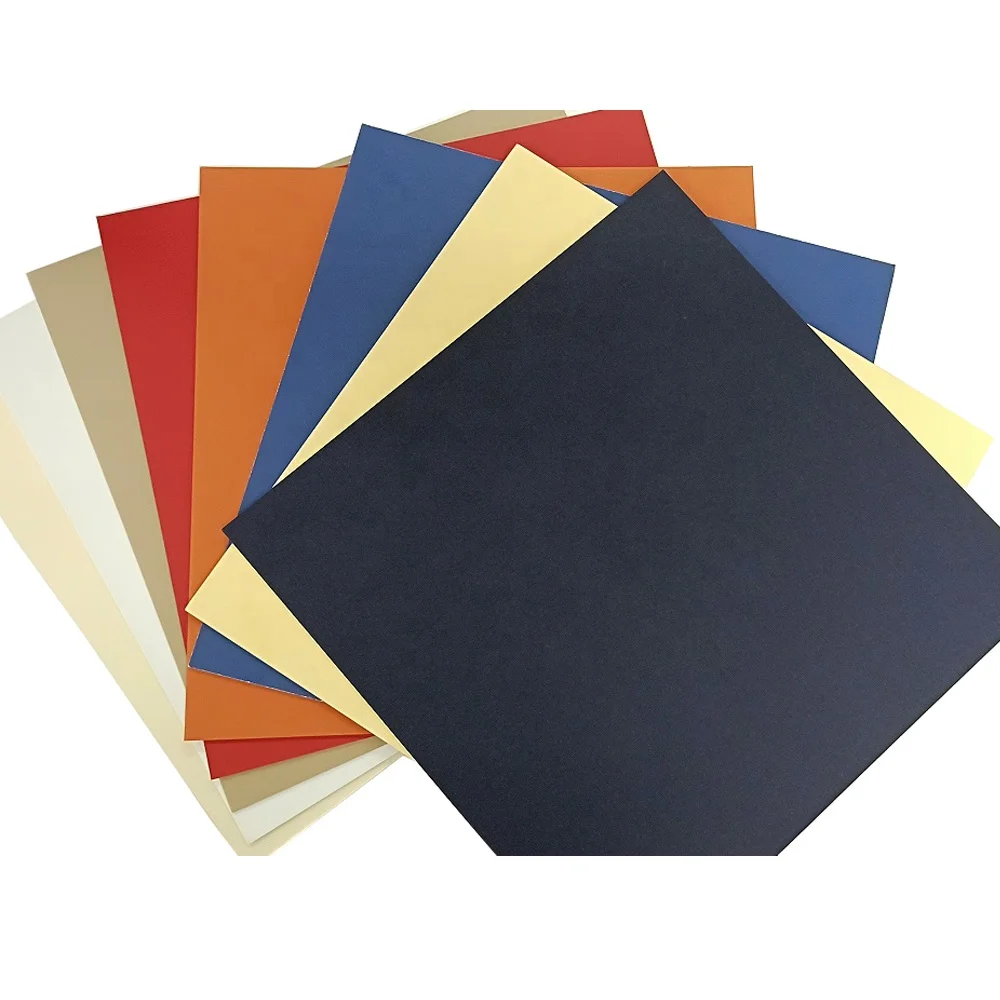The art of framing extends far beyond simply placing artwork behind glass and securing it with backing. Professional framers and art enthusiasts understand that the most striking presentations rely heavily on one crucial element that often goes unnoticed by casual observers. A quality passepartout serves as the bridge between artwork and frame, creating visual breathing space while protecting valuable pieces from direct contact with glazing materials. This essential framing component transforms ordinary presentations into museum-quality displays that capture attention and preserve artistic integrity for generations.

The sophisticated world of picture framing relies on precise techniques and materials that elevate artwork presentation beyond basic mounting methods. Professional galleries, museums, and discerning collectors recognize that proper matting creates the difference between amateur and expert-level displays. When artwork receives appropriate treatment through carefully selected materials and proper spacing, viewers naturally focus on the artistic content rather than being distracted by poor presentation choices.
Understanding the Essential Role of Matting in Professional Framing
Creating Visual Separation and Breathing Space
The primary function of a passepartout involves creating crucial visual separation between artwork and frame elements. This separation prevents the eye from experiencing visual confusion that occurs when artwork edges merge directly with frame borders. Professional framers understand that adequate spacing allows viewers to appreciate artistic details without distraction from surrounding frame components. The neutral border created by quality matting materials provides a clean transition zone that enhances rather than competes with artistic content.
Proper spacing dimensions follow established proportional guidelines that have evolved through centuries of framing tradition. The relationship between artwork size, mat width, and frame selection requires careful consideration to achieve balanced presentations. Experienced framers typically recommend wider bottom margins compared to top and side measurements, creating subtle weight distribution that prevents artwork from appearing to sink within the frame opening. This classical approach ensures that framed pieces maintain visual stability and professional appearance across diverse viewing conditions.
Protection from Environmental Contamination
Beyond aesthetic considerations, quality matting materials provide essential protection against environmental contamination that can permanently damage valuable artwork. Direct contact between artwork surfaces and glazing materials creates opportunities for moisture transfer, chemical reactions, and physical abrasion during temperature fluctuations. Conservation-grade mat boards contain buffering agents that neutralize acidic compounds while maintaining stable pH levels that prevent deterioration over extended periods.
The barrier function of professional matting extends to protection against atmospheric pollutants that gradually accumulate within sealed frame assemblies. Urban environments contain various airborne contaminants that can discolor or chemically alter artwork surfaces when proper separation barriers are absent. Museum conservators rely on archival-quality materials that have undergone rigorous testing to ensure long-term stability and compatibility with diverse artistic media including watercolors, prints, photographs, and original drawings.
Material Quality and Conservation Standards
Acid-Free and Archival Properties
Professional conservation standards require that all matting materials meet strict acid-free specifications to prevent chemical deterioration of artwork over time. Standard cardboard and low-quality mat boards contain lignin and other organic compounds that gradually release acidic byproducts capable of causing permanent discoloration and structural damage. Conservation-grade passepartout materials undergo manufacturing processes that eliminate these harmful components while incorporating alkaline buffering systems that maintain stable chemical environments.
The longevity of framed artwork depends heavily on material choices made during initial mounting and matting processes. Archival-quality boards maintain their structural integrity and chemical stability for decades without showing signs of degradation or color shift. Professional framers working with valuable or irreplaceable pieces exclusively use materials that meet or exceed museum conservation standards, ensuring that framing decisions enhance rather than compromise long-term preservation goals.
Surface Texture and Aesthetic Considerations
The surface characteristics of matting materials significantly influence the overall aesthetic impact of framed presentations. Smooth, museum-quality surfaces provide clean, uninterrupted borders that allow artwork to command full attention without textural distractions. Various surface treatments offer subtle variations in light reflection and shadow creation that can be matched to specific artwork characteristics and display environment requirements.
Color selection for matting materials requires careful consideration of artwork tones, frame finishes, and intended display locations. Neutral colors including off-white, cream, and light gray provide versatile options that complement diverse artistic styles without overwhelming delicate color relationships within the artwork itself. Professional framers often recommend slightly warm or cool neutral tones that subtly enhance rather than compete with the primary color palette of the framed piece.
Technical Installation and Cutting Precision
Accurate Measurement and Cutting Techniques
The precision required for professional passepartout cutting demands specialized tools and techniques that ensure clean, accurate window openings. Hand-cutting methods using sharp mat knives and metal straightedges allow for customization and artistic interpretation, while automated mat cutting systems provide consistent results for standard sizing requirements. The angle of cut edges affects both aesthetic appearance and structural integrity of the finished matting assembly.
Bevel cutting techniques create angled edges that add dimensional depth and professional finishing to mat window openings. The traditional 45-degree bevel provides smooth transitions from mat surface to artwork reveal, eliminating sharp edges that could create visual distraction or potential damage to artwork edges. Precision cutting requires steady hand control and sharp blade maintenance to achieve clean cuts without tearing or crushing mat board fibers.
Assembly and Mounting Considerations
Proper assembly techniques ensure that matting elements remain securely positioned while allowing for natural expansion and contraction due to environmental changes. Reversible mounting methods using conservation-grade tapes and hinges allow for future removal or repositioning without causing damage to artwork surfaces. Professional framers avoid permanent adhesive applications that could compromise artwork value or conservation integrity.
The relationship between mat thickness, frame depth, and glazing clearance requires careful calculation to prevent contact between artwork surfaces and glass or acrylic glazing materials. Adequate clearance prevents condensation formation and reduces risk of surface contact during frame handling or environmental fluctuations. Multiple mat layers can be used to achieve desired visual effects while maintaining proper separation distances.
Design Applications Across Different Art Forms
Photography and Digital Print Presentations
Contemporary photography and digital artwork benefit significantly from professional matting that enhances color saturation and provides neutral borders for optimal viewing. The reflective characteristics of photographic papers interact with mat board surfaces to create subtle lighting effects that can enhance or detract from image impact. Careful selection of mat colors and textures ensures that photographic presentations maintain their intended visual impact across various lighting conditions.
Digital prints on various media types require specific considerations for expansion, surface texture, and chemical compatibility with matting materials. Inkjet prints, in particular, benefit from separation barriers that prevent potential ink transfer or chemical interaction with adjacent materials. Professional presentation of digital artwork requires the same attention to conservation principles and aesthetic standards applied to traditional artistic media.
Traditional Artwork and Collectibles
Original drawings, watercolors, and vintage prints require specialized handling that preserves their unique characteristics while providing appropriate presentation enhancement. The texture and surface quality of traditional artistic media often benefit from mat selections that complement rather than compete with inherent material properties. Rough watercolor papers, for example, pair effectively with mat surfaces that echo similar texture qualities without overwhelming delicate artistic details.
Collectible items including stamps, documents, and memorabilia require matting approaches that balance protection requirements with display effectiveness. Multiple window configurations allow for creative presentations that showcase related items while maintaining individual protection and organization. Conservation mounting techniques ensure that valuable collectibles remain unaltered by framing processes while receiving appropriate environmental protection.
FAQ
What thickness of passepartout works best for standard artwork framing
Standard mat board thickness typically ranges from 4-ply to 8-ply, with 4-ply (approximately 1.6mm) being most common for general framing applications. Thicker mats provide greater separation from glazing and create more pronounced shadow lines around artwork edges. The choice depends on artwork size, frame depth, and desired aesthetic effect, with larger pieces often benefiting from thicker matting materials.
How do I determine the correct window size for my artwork
Window opening dimensions should typically be 1/8 to 1/4 inch smaller than artwork dimensions on all sides, allowing artwork edges to be hidden behind mat borders while preventing artwork from falling through the opening. This overlap ensures secure positioning while accommodating slight variations in artwork cutting or mounting. Professional framers measure carefully and test-fit components before final cutting to ensure proper proportions.
Can damaged or stained mat boards be repaired or should they be replaced
Minor surface stains or small damages can sometimes be addressed through careful cleaning or local repair techniques, but replacement generally provides better long-term results. Damaged matting compromises both aesthetic appearance and protective functions, potentially allowing contaminants to reach artwork surfaces. Conservation principles recommend complete replacement when mat board shows signs of deterioration, discoloration, or structural damage.
What color passepartout should I choose for black and white photography
Black and white photography typically looks best with neutral colors that don't compete with the tonal range of the image. Off-white, cream, or light gray mats provide clean, classic presentations that enhance contrast and allow viewers to focus on photographic content. Pure white mats can sometimes appear too stark, while darker colors may overwhelm subtle gray tones in the photograph.

